Hrozně rád bych si přečetl takovýto článek o spolupráci v Česku
Detectorists in cooperation with archaeologists discovered a 14th century battlefield
Categories: Finds and rescue research abroad , Nálezy nejenom s detektorem kovů ve východní Evropě
Hundreds of arrowheads and crossbows from the first half of the 14th century were found in the forest area of the village of Biała Góra near Sanok, Poland. They probably come from the battle of the last Piast king Casimir III. Great, who conquered several small fortresses in the area around 1340.
Although a nearby site with a medieval settlement was explored fifty years ago, when the remains of weapons were probably found here (no documentation has survived), the currentarchaeologists were led to the current discovery by the illegal activities of looters who left a considerable number of excavations in the area and left uninteresting iron artefacts in them and on the surface. It was these pits and their surroundings that were then examined under the guidance of archaeologists by cooperating detectorists, who themselves alerted the experts to the illegal activity in the area.
Dr. Piotr Kotowicz from the Sanok History Museum therefore established cooperation with the local detector club: "We decided to use the same research method and invited representatives of the Galician Historical and Exploratory Association (Stowarzyszenie Eksploracyjno-Historyczne "Galicja") to cooperate with us. The results of the research exceeded our wildest expectations. During several expeditions we found more than 200 arrowheads and crossbow darts in the area around the fortified settlement."
It's still not entirely clear who was fighting who and why. However, archaeologists believe that these objects may date from a battle between Polish and Ruthenian forces in the early 14th century. According to chronicles, an army of 20,000 men under Casimir III conquered the area around 1340. The army of Casimir the Great took over several fortified settlements. Kotowicz believes that the latest finds in Sanok may be linked to this particular military event.
Between 1340 and 1344, after the death of the Duke of Halych-Vladiměř and Prince George II of Masovia (Bolesław - Jerzy II), the area was annexed back to Poland. Dr Kotowicz said: 'The artefacts we have discovered seem to be evidence of battles between the Rusyns and the Poles. Analysis of the sites of the finds shows that most of the arrows were concentrated on the slope of the fortress and in close proximity. Such a find exceeded our wildest expectations. We also searched the surrounding area to discern the intensity of the response to the attack. Here we found far fewer darts. This means that the battle was dominated by the attackers and the reaction of the defenders was minimal."
The fortified settlement on Biała Gora was relatively small, surrounded by single-row fortifications and a dry moat. According to the latest findings, the attack was led from the south, and the fortress in this part was badly damaged and burned during the battle. It was apparently captured rather quickly and was not subsequently rebuilt.
However, the medieval arrowheads were not the only surprise. A nearby aligned platform concealed numerous artefacts of earlier origin - dating from the 9th to 10th centuries. Among them was a dirham - an Arab medieval coin, the first such found in Sanok. Experts believe that the site is a remnant of an industrial settlement, as evidenced by the abundant slag - iron ore was probably smelted here: "This is surprising to us, because in such early periods people rarely ventured into areas 400 m or more above sea level," emphasized Dr. Kotowicz.
The site therefore remains in the sights of archaeologists who, after good experiences, intend to giveThey are also guarding the site against raids by illegal treasure hunters.
Roman Němec
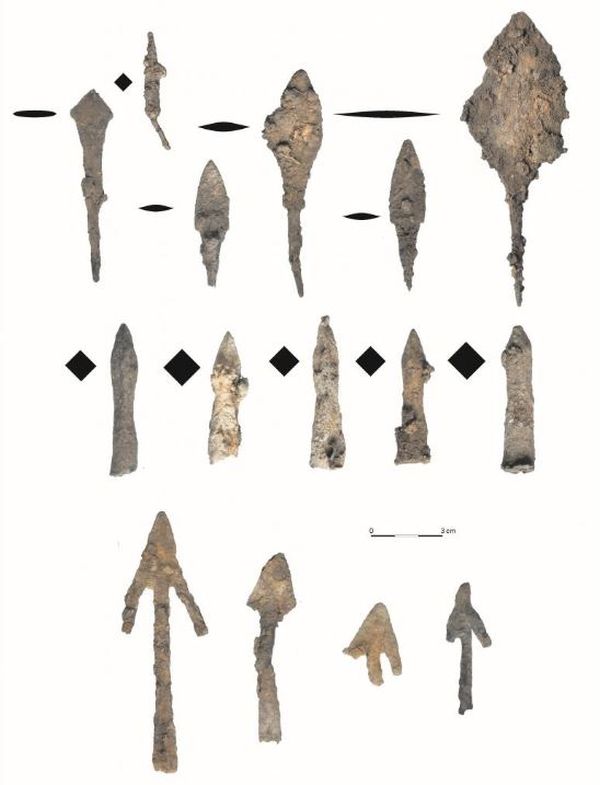
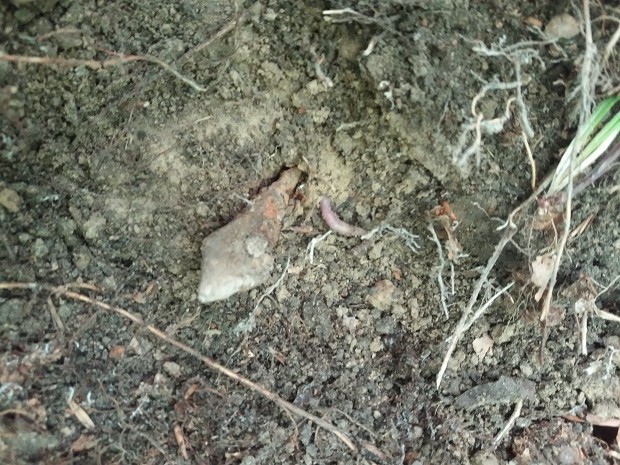
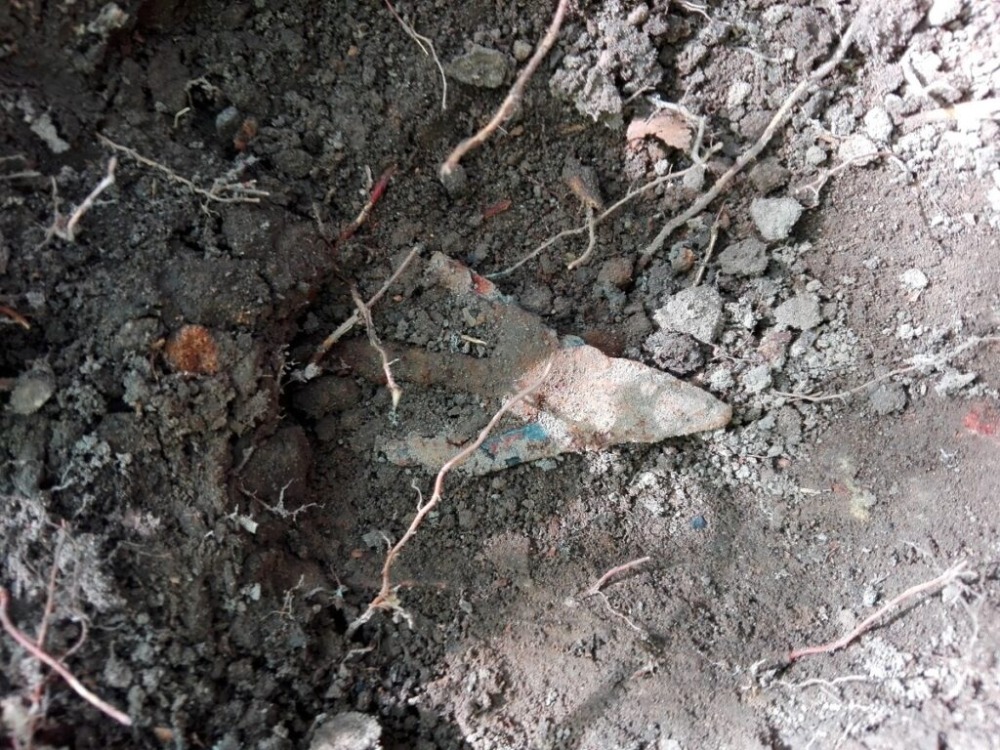
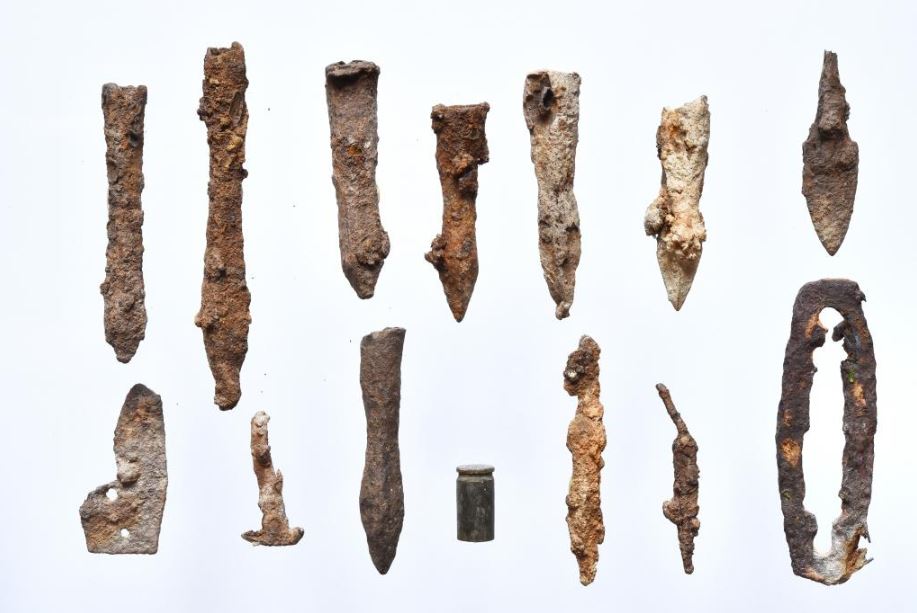
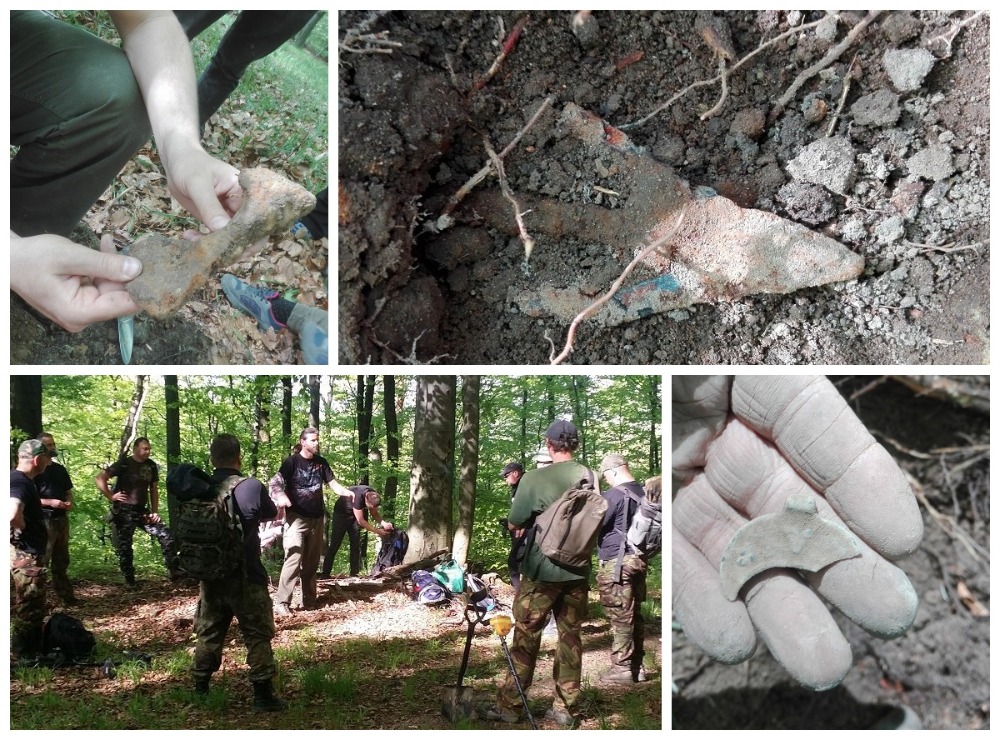
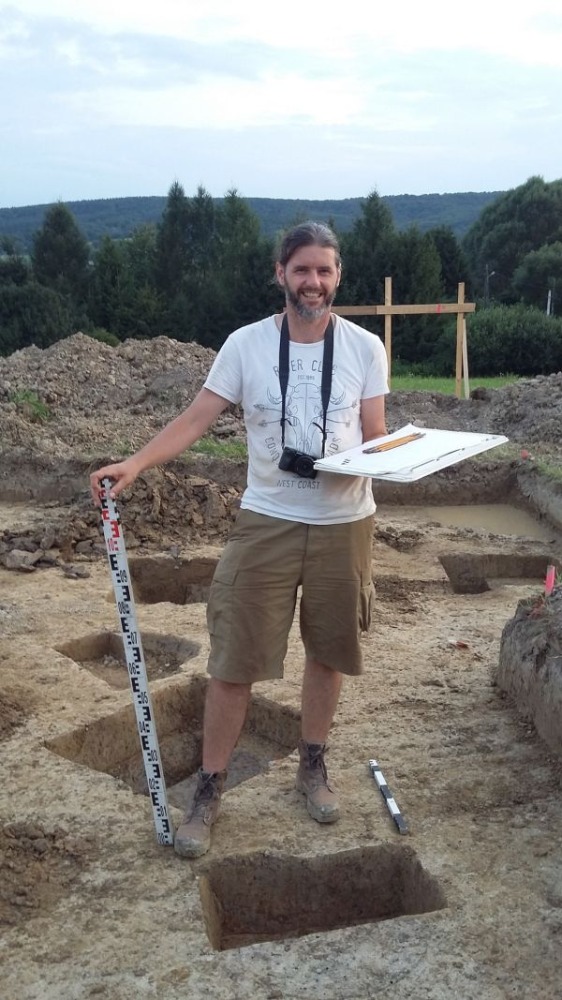
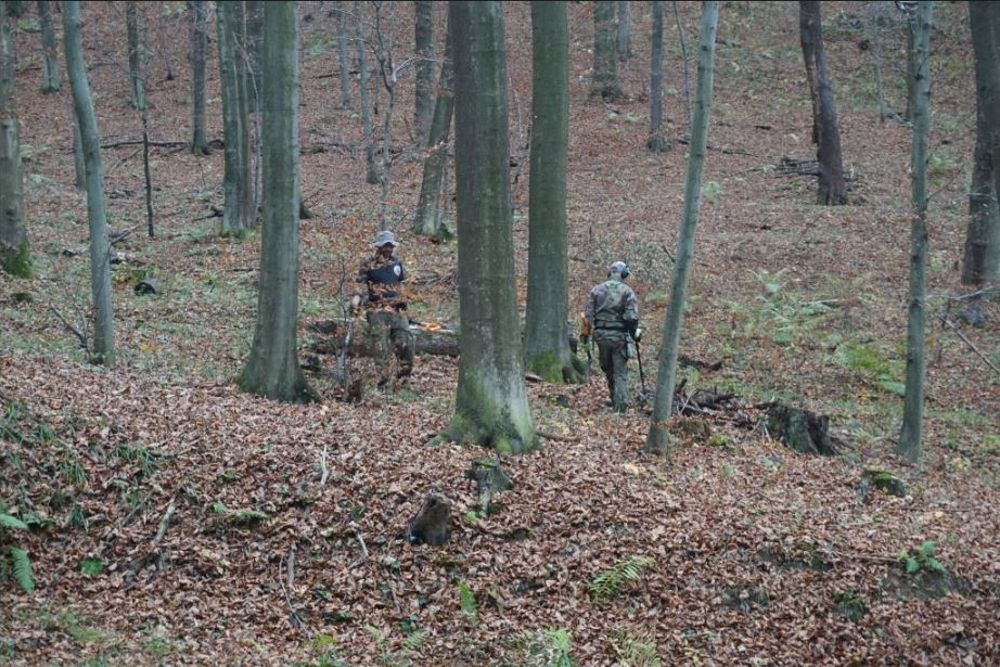
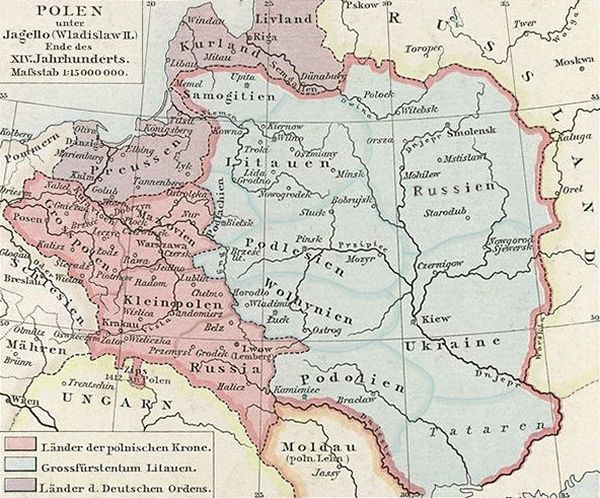
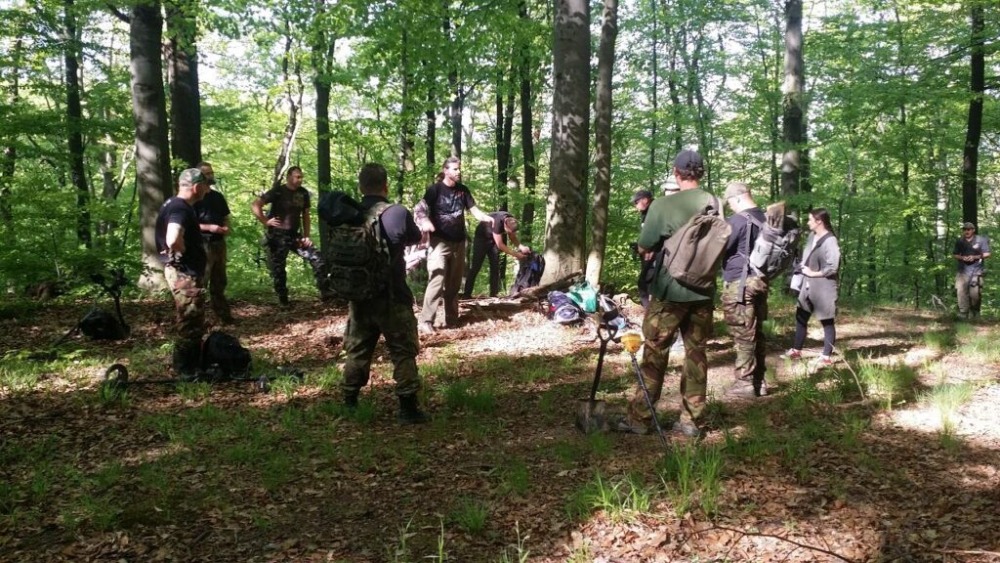
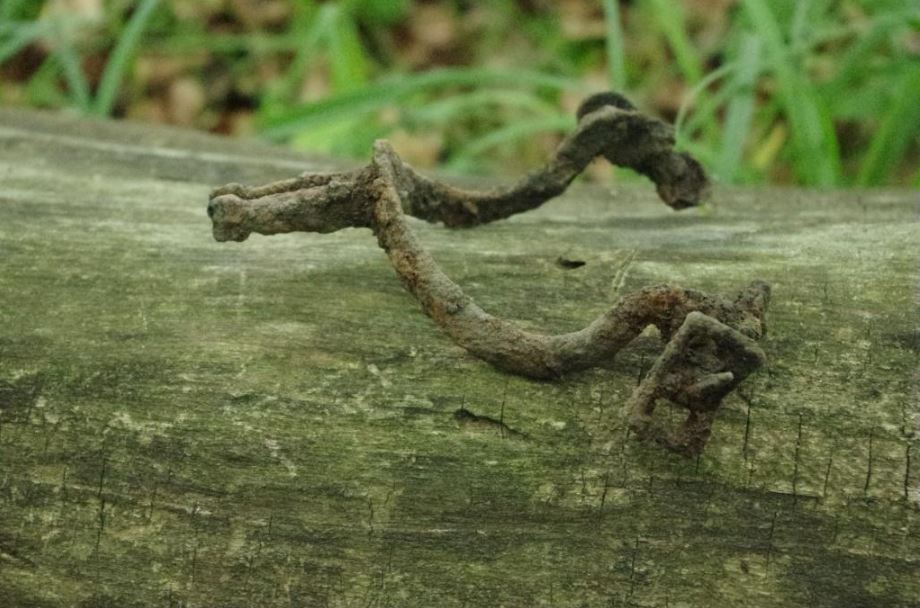
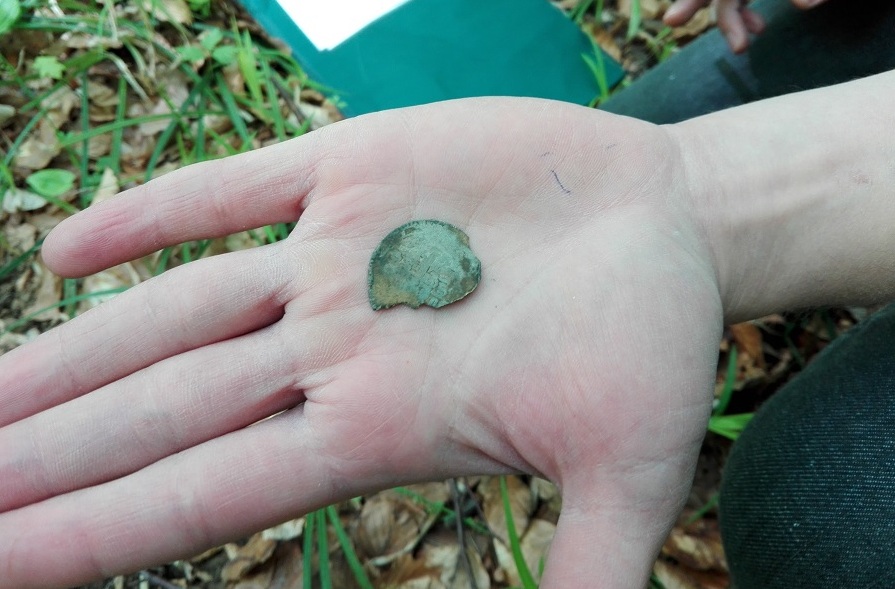
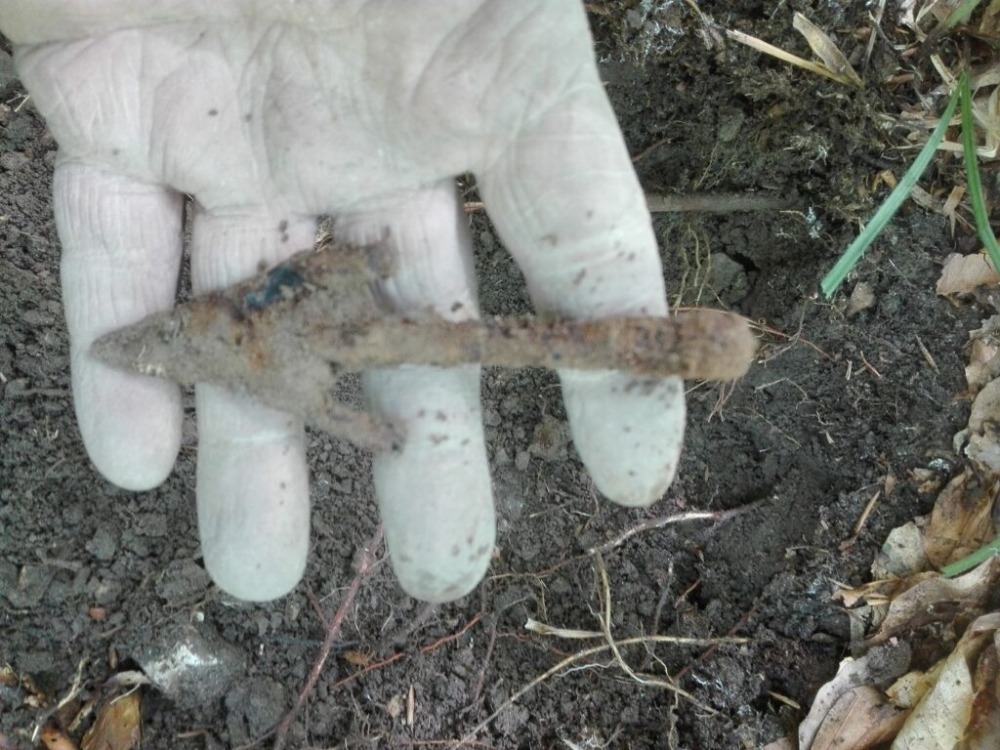
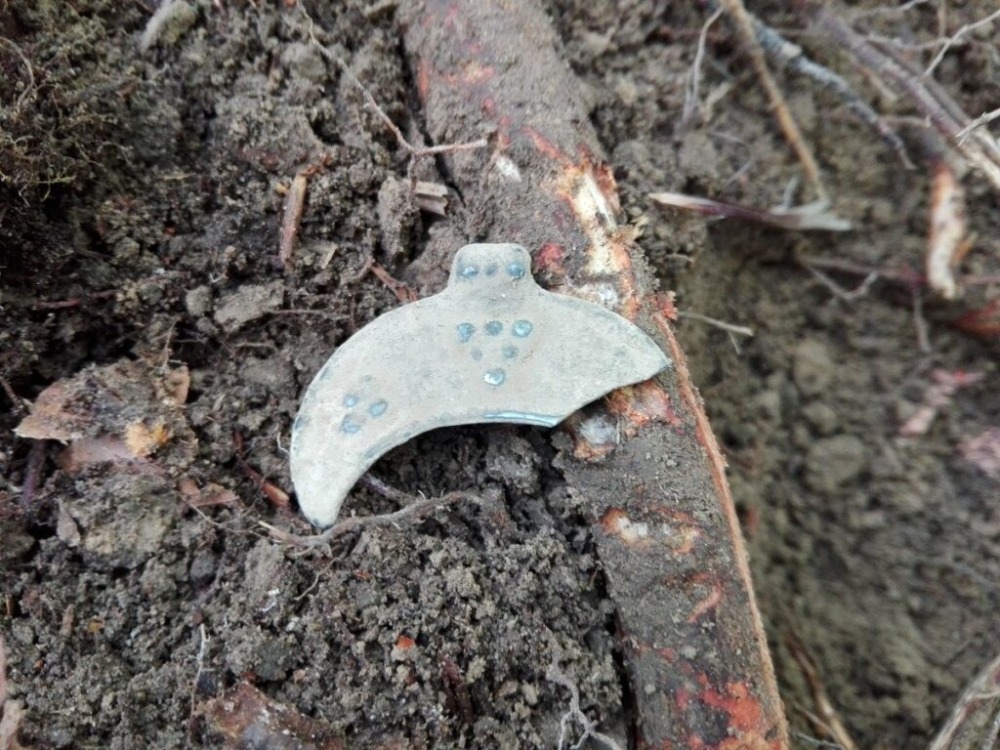
Sources: zwiadowcahistorii.pl, thefirstnews.com,
The article is included in categories:
- Archive of articles > Archaeology > Finds and rescue research abroad
- Archive of articles > Archaeology > Finds and rescue research abroad > Nálezy nejenom s detektorem kovů ve východní Evropě
Post
Kfeksa2: nedočteš, pouze jak policie nahání detektoráře. Náš stát to má u pr..le.Už to tu mělo být dávno, nevím na co čekají. Já osobně bych rád pomohl, ale snahu z druhé strany nikde nevidím....cesta vede přes spolky atd, vyplacení adekvátních odměn za nálezy a hlavně udělat z detektoringu zcela legální odvětví, které pomáhá objasnit naší historii. Chce to začít vychovávat mladé hledače na profi úrovni kteří se tomu budou věnovat na plno a né jako mi schovaní ve křoví před lidmi kteří nás vidí jako zloděje 
Kaparoso: Sorry, ale plácáš tu kraviny. U nás už to funguje léta. Já sám jako archeolog už tohle se svými spolupracovníky vlastnící detektory (záměrně nepoužívám slovo detektoráři) dělám 12 let. Bojiště ve volném terénu zatím ještě nemáme, ale třeba dobývání hradů, objev sídla lapkovské družiny, průzkum neznámého hradiště atd. atd. už máme za sebou dávno a je to i publikované. Už je věru hodně věcí, které nám prošly rukama a skončily v muzejních depozitářích. Chce to dvojí - mít snahu a trochu i štěstí, ne každý archeolog se tomu věnuje.
Když jsme na jedné konferenci prezentovali nálezy učiněné ve spolupráci se slušnými hledači, byli to právě polští kolegové, kdo z toho byl vyjevený, chodili za námi a říkali "Kdyby tohle bylo možné u nás, u nás je legální spolupráce téměř nemožná, vy tu máte díky tomu skvělé objevy...".
Podívej se zpětně třeba na příspěvky Elmary. Takže nefňukat a snažit se - a mít štěstí na ty správné lidi.




